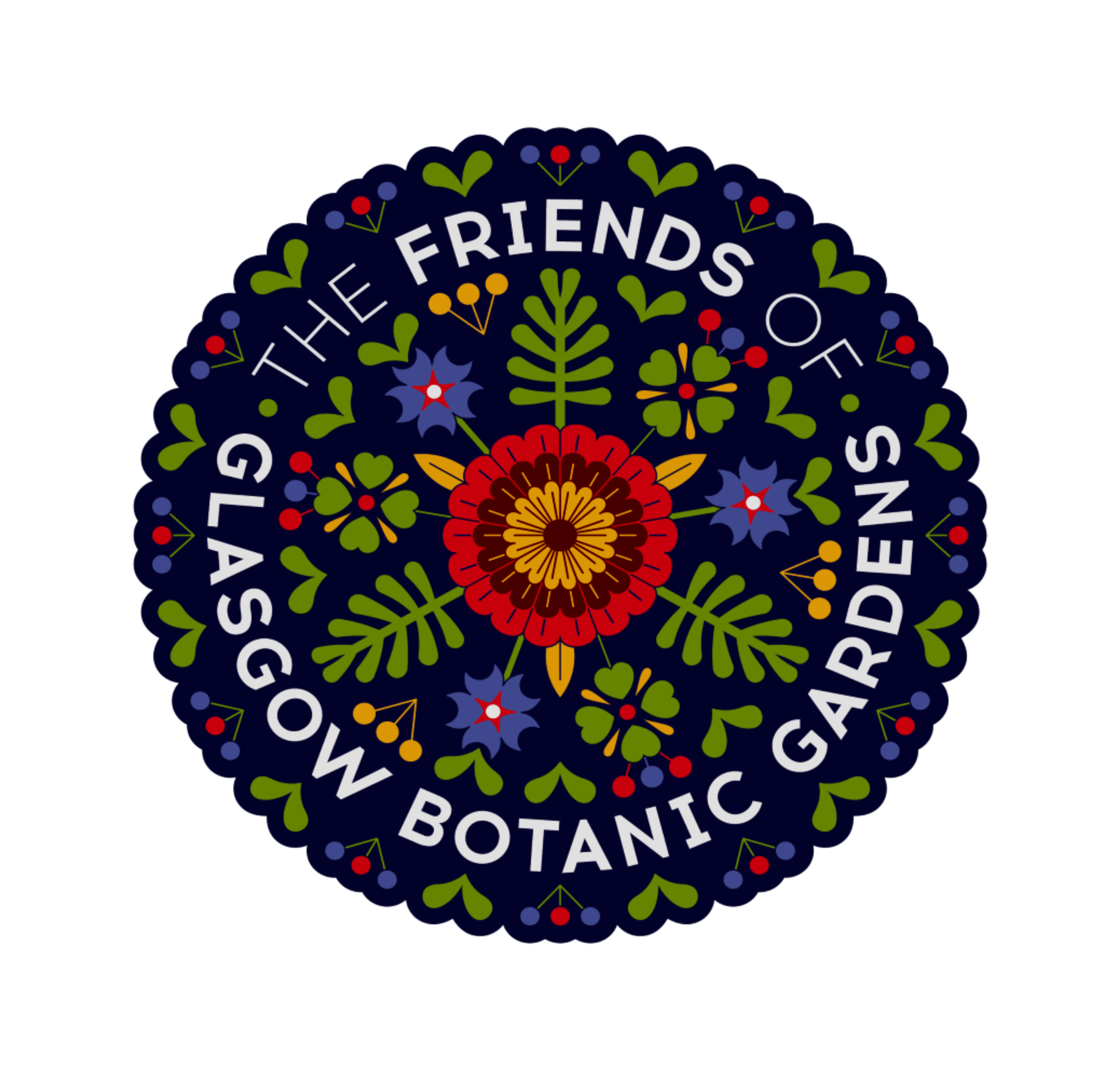04/12/2017
It’s not just the managers that occasionally hit the roof at GBG.
This Pandanus utilis [Common Screwpine] arrived in the collection in 1969 . The origin of the species is thought to be Madagascar or the Mascarene Islands but this particular accession arrived from Entebbe. The leaves form a spiral arrangement and the leaf scars spiraling around the trunk gives the plant the ‘thread’ which leads to the Screwpine common name.
The screwpine has now out-grown the palm house at GBG and the main range team are carefully dismantling this palm-like tree. They are having to be extra careful as the spines on the leaves can lead to a very nasty cut.
In order to preserve this lineage in the GBG collection, the propagation team have been quick to take suitable cuttings. These will spend up to a year in the mist unit before they are successfully rooted and returned to the back up houses.
The Pandanus genus are dioecious, meaning the male and female reproductive structures appear on different plants. This Pandanus utilis is male and we discovered the long flower spikes in the felled material.
Unlike trees there is no secondary growth in the Pandanus genus so the plant produces pale brown props, modified adventitious roots, that anchor and support the tree in times of high winds and heavy rain in the tropics.
In Madagascar the leaves are used to make ropes, baskets, mats, hats and thatching material. There is quite a lot to go round from one single plant.
The plant is reduced using an axe for the final stages as the tough fibres clog and jam the saws. The final cut was made just above the aerial roots.
A large gap is all that is left. The roots are still to be dug out before we can think about replanting but that’s best left till another day.







